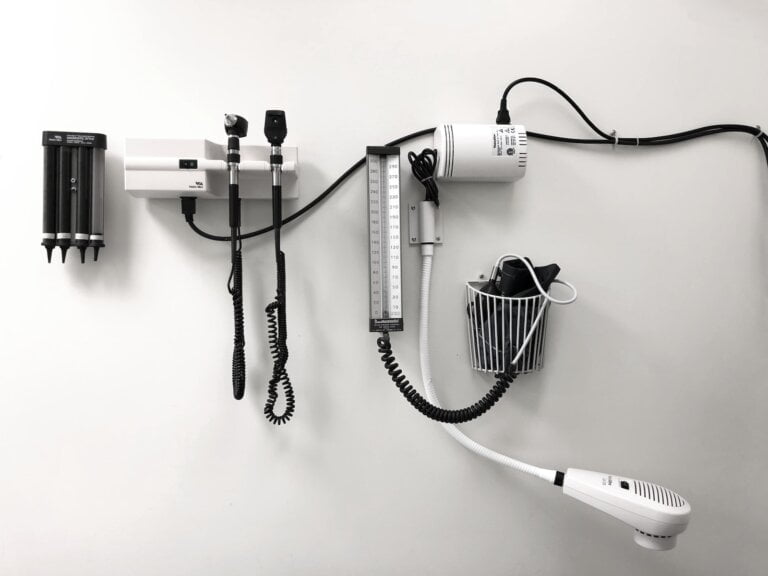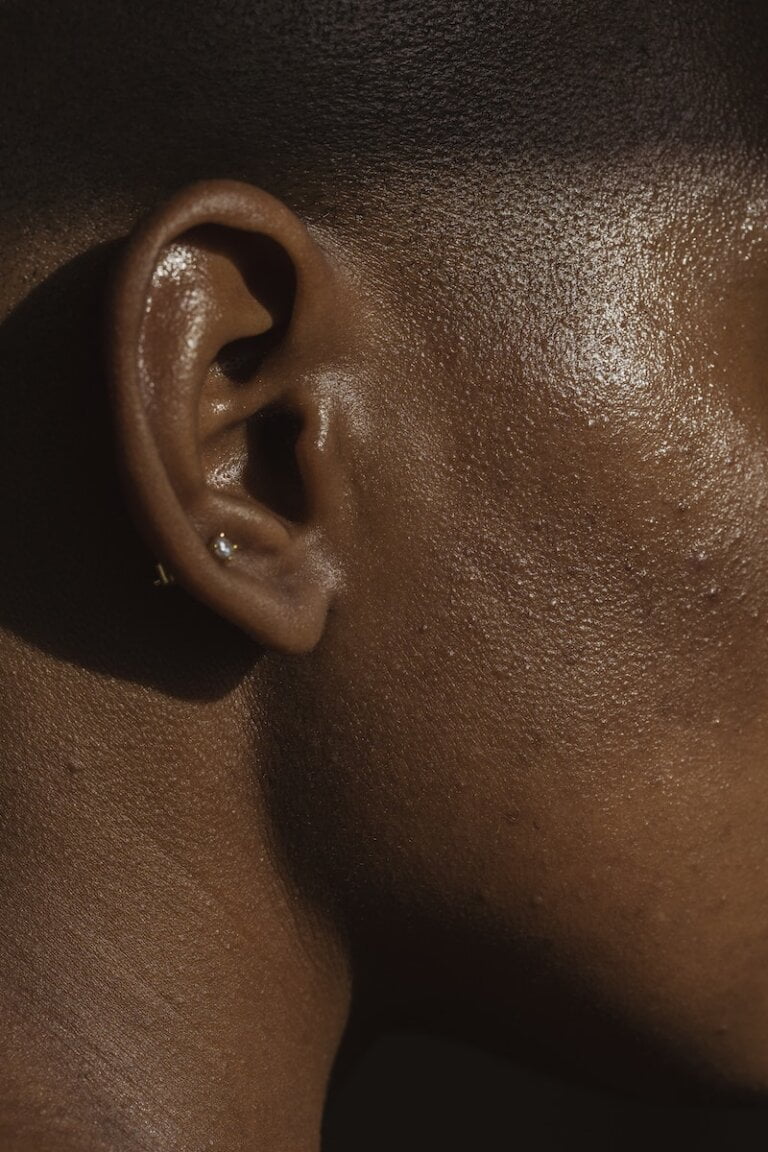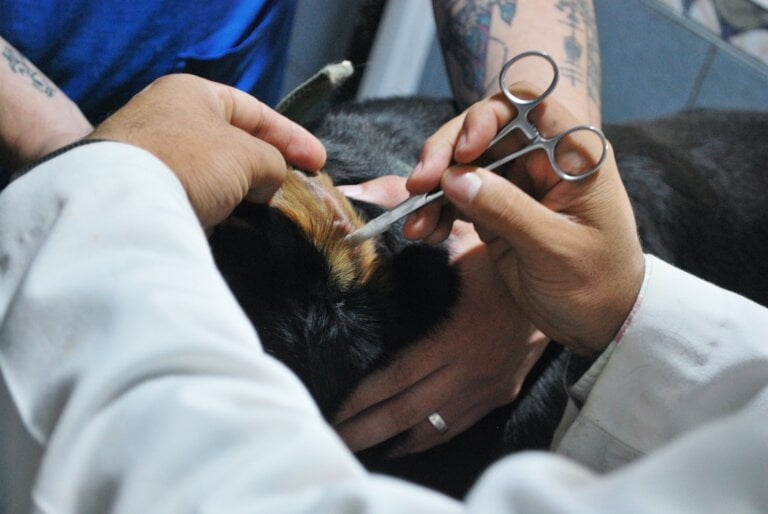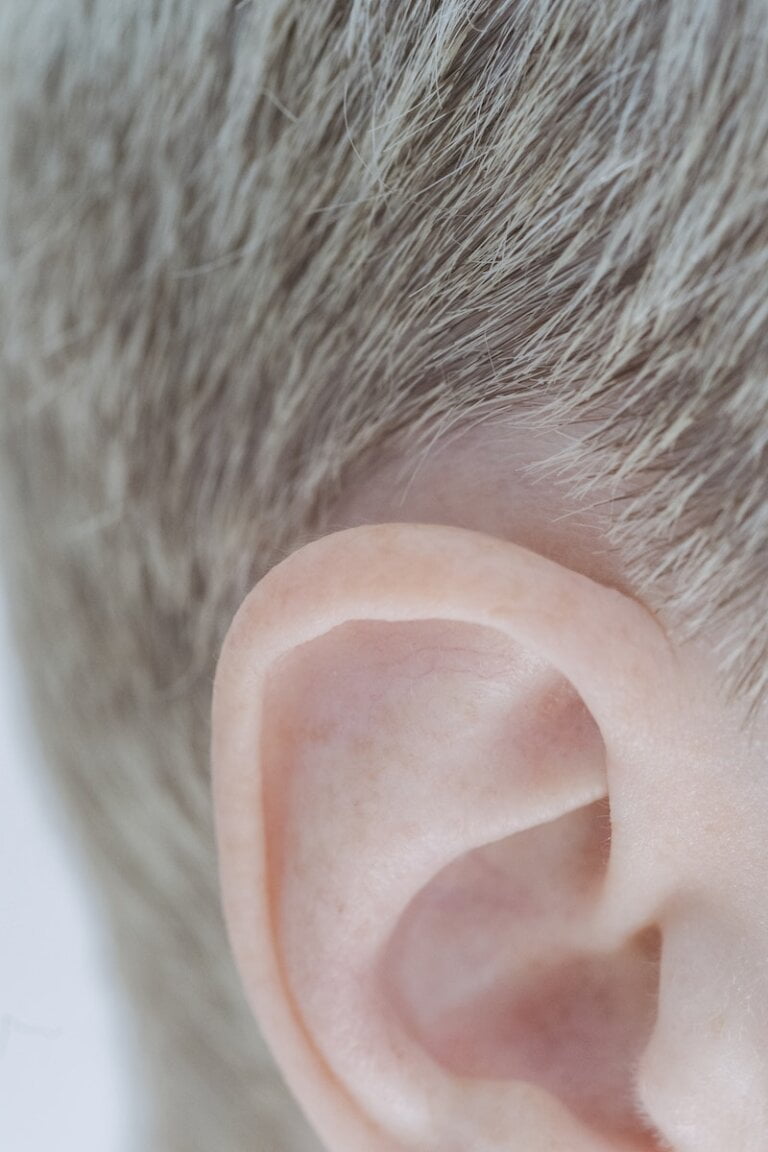Comparing Manual Instrument Ear Wax Removal and Irrigation for Effective Ear Wax Removal
Last Updated on 23rd August 2023 by Beth Chapman
Ear wax, also known as cerumen, is a natural substance produced by the glands in the ear canal. While it serves a protective purpose, excessive ear wax buildup can lead to discomfort, hearing loss, and even ear infections. Therefore, it is important to find effective methods of ear wax removal. Two commonly used techniques are manual instrument ear wax removal and irrigation. In this article, we will compare these methods in terms of their effectiveness, safety, and potential side effects.
Manual Instrument Ear Wax Removal
Manual instrument ear wax removal involves the use of specialised tools to manually extract ear wax from the ear canal. This technique is often performed by healthcare professionals such as doctors or audiologists.
- Effectiveness: Manual instrument removal allows for precise and controlled extraction of ear wax. The healthcare professional can visually inspect the ear canal and carefully remove the wax using instruments such as curettes or forceps. This technique is particularly effective for stubborn or impacted ear wax.
- The healthcare professional can use magnifying devices to ensure a thorough examination of the ear canal, enabling them to identify any underlying issues or abnormalities.
- The use of specialised tools allows for targeted removal of the ear wax, ensuring that it is completely extracted from the ear canal.
- Manual instrument ear wax removal is highly effective in cases where the wax is impacted or hardened, as the instruments can break up the wax and remove it in a controlled manner.
- Safety: When performed by a trained professional, manual instrument ear wax removal is generally safe. However, there is a small risk of injury if the instruments are not used correctly or if the patient has a sensitive ear canal.
- Healthcare professionals are trained to use the instruments safely and effectively, minimising the risk of injury to the patient.
- They have a thorough understanding of the anatomy of the ear and can navigate the ear canal without causing harm.
- It is crucial to seek professional help rather than attempting to remove ear wax using non-specialised tools at home, as this can lead to injuries such as eardrum perforation or damage to the ear canal.
- Side Effects: While relatively rare, some potential side effects of manual instrument ear wax removal include temporary discomfort, dizziness, or ringing in the ears.
- The discomfort experienced during the procedure is usually temporary and subsides shortly after the removal of the wax.
- Dizziness or vertigo may occur due to the stimulation of the inner ear during the process. It is important to remain still and allow the dizziness to subside before standing up or moving around.
- Ringing in the ears, known as tinnitus, may occur temporarily but typically resolves on its own.
Ear Wax Irrigation
Ear wax irrigation, also known as ear syringing, involves the use of a gentle stream of warm water to flush out ear wax. This technique can be performed by a healthcare professional.
- Effectiveness: Ear wax irrigation is generally effective for mild to moderate ear wax build up. The warm water helps to soften the wax, allowing it to flow out of the ear canal. However, it may not be as effective for impacted or hardened wax.
- The warm water used in ear wax irrigation helps to soften the wax, making it easier to remove.
- By creating a gentle stream of water, the wax can be dislodged and flushed out of the ear canal.
- However, for severe or impacted ear wax, irrigation may not be as effective, as the water might not reach deep enough or have enough force to remove the wax completely.
- Safety: When performed correctly, ear wax irrigation is considered safe. However, it is important to remember that if not performed correctly it can cause damage to the ear canal or ear drum.
- Using water that is too hot can potentially cause burns or damage to the delicate tissues of the ear canal.
- Excessive force or improper technique during irrigation can also lead to injury or damage to the ear canal or eardrum.
- Side Effects: The most common side effect of ear wax irrigation is temporary dizziness or vertigo. This occurs due to the stimulation of the inner ear during the procedure.
- The stimulation of the inner ear can affect the balance system, leading to a sensation of dizziness or vertigo.
- It is important to remain still and allow the dizziness to subside before standing up or moving around to prevent falls or accidents.
- Other potential side effects may include temporary discomfort or a feeling of fullness in the ear, but these typically resolve on their own.
Choosing the Right Method
When it comes to choosing between manual instrument ear wax removal and irrigation, several factors should be considered:
- Severity of Ear Wax Build up: If you have a severe or impacted ear wax build up, it is advisable to seek professional help for manual instrument ear wax removal. This technique allows for precise and thorough removal of the wax.
- A healthcare professional can assess the severity of the ear wax build up and determine the most appropriate method for removal.
- For severe cases, manual instrument ear wax removal is often the preferred choice as it offers greater precision and effectiveness in removing stubborn or impacted wax.
- Personal Preference: Some individuals may have a preferred method of treatment
Personal preference should be balanced with the severity of the ear wax buildup and any underlying ear conditions.
- Underlying Ear Conditions: If you have a history of ear infections, a perforated eardrum, or other ear conditions, it is crucial to consult a healthcare professional before attempting any ear wax removal method.
- Certain underlying ear conditions may require specialised care or precautions during ear wax removal.
- History of perforated ear drums or surgery on the ear can prevent you from being able to have certain types of wax removal such as irrigation.
- A healthcare professional can evaluate your specific situation and provide guidance on the most appropriate method for removing ear wax safely and effectively.
- Safety Precautions: Regardless of the chosen method, it is important to prioritise safety. Seek professional help for advice and information about which method of wax removal would be best for yourself, or if you experience significant pain, bleeding, or worsening of symptoms.
In conclusion, both manual instrument ear wax removal and irrigation can be effective methods for removing ear wax. Manual instrument removal offers greater precision, effectiveness and is a safer option for severe or impacted wax and it can be performed on most people. Ear wax irrigation can be a safe and convenient option for mild to moderate build up but poses more risks and isn’t suitable for everybody. Remember to prioritize safety, follow instructions carefully, and seek professional help if needed.
FAQ
- Is manual instrument ear wax removal effective?
- Yes, manual instrument ear wax removal is highly effective, especially for stubborn or impacted ear wax. Healthcare professionals can visually inspect the ear canal and use specialised tools to extract the wax precisely.
- Is manual instrument ear wax removal safe?
- When performed by a trained professional, manual instrument ear wax removal is generally safe. However, there is a small risk of injury if the instruments are not used correctly or if the patient has a sensitive ear canal.
- What are the potential side effects of manual instrument ear wax removal?
- The potential side effects of manual instrument ear wax removal include temporary discomfort, dizziness, or ringing in the ears. However, these side effects are relatively rare and usually resolve on their own.
- Is ear wax irrigation effective for removing ear wax?
- Ear wax irrigation is generally effective for mild to moderate ear wax build up. The warm water used in irrigation helps to soften the wax, making it easier to flush out of the ear canal. However, it may not be as effective for severe or impacted wax and isn’t suitable for everybody.







